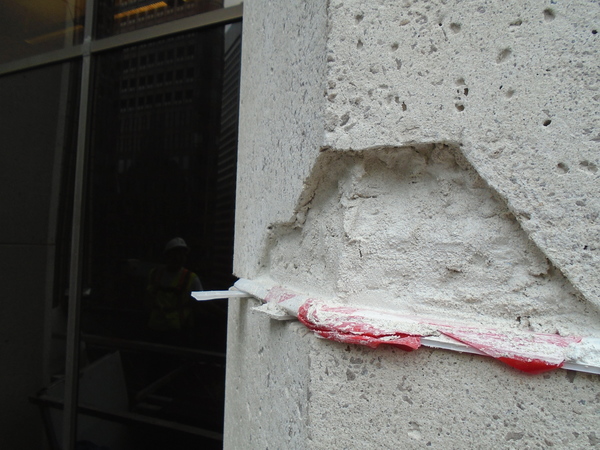The High Costs of Minimum Quality Cement Plaster (Stucco) Assemblies: A Performance Case Study for California

Building-envelope design sometimes aims to satisfy only minimum code requirements in order to lower initial construction costs while maintaining the expectation of achieving long-term building performance and durability. Lower first cost construction often provides minimum durability and service life, necessitating more frequent repairs, disruption to building occupants and operations, and related costs. A recent investigation of three medical office buildings in northern California shows how the original exterior cement plaster (stucco) assembly was code compliant, and while it may have met minimum industry standards at the time of construction, it lacked certain elements of an effective drainage assembly that may have contributed to the marginal long-term performance and shorter service life of the entire exterior wall assembly. Through water intrusion testing and investigative openings in the building envelope, we identified characteristics of marginal system performance in the exterior cement plaster assembly, including a general lack of effective drainage and a lack of redundancy provisions to minimize the chances of water intrusion into the wall cavity. Ongoing water intrusion through the exterior wall assembly and windows eventually led to additional damage, including corroded wall framing and mold growth within the exterior wall cavity. Due to the extent and severity of damage related to water intrusion, we recommended replacement of the existing cladding on all three buildings to restore them to a serviceable condition and achieve reliable long-term performance. We present a comparison between the cost of our recommended design for exterior cladding replacement and the cost of simple design improvements during the original design and construction phases that could have helped prolong the service life of the existing exterior wall cladding. The cost comparison demonstrates the value added benefits of designing beyond minimum industry standards to include best detailing practices and redundancy provisions into the cladding system. We also examine how current industry standards and best practices aim to enhance the reliability and long-term performance of exterior cement plaster assemblies.
Publisher
ASTM E06 Selected Technical Papers 1549